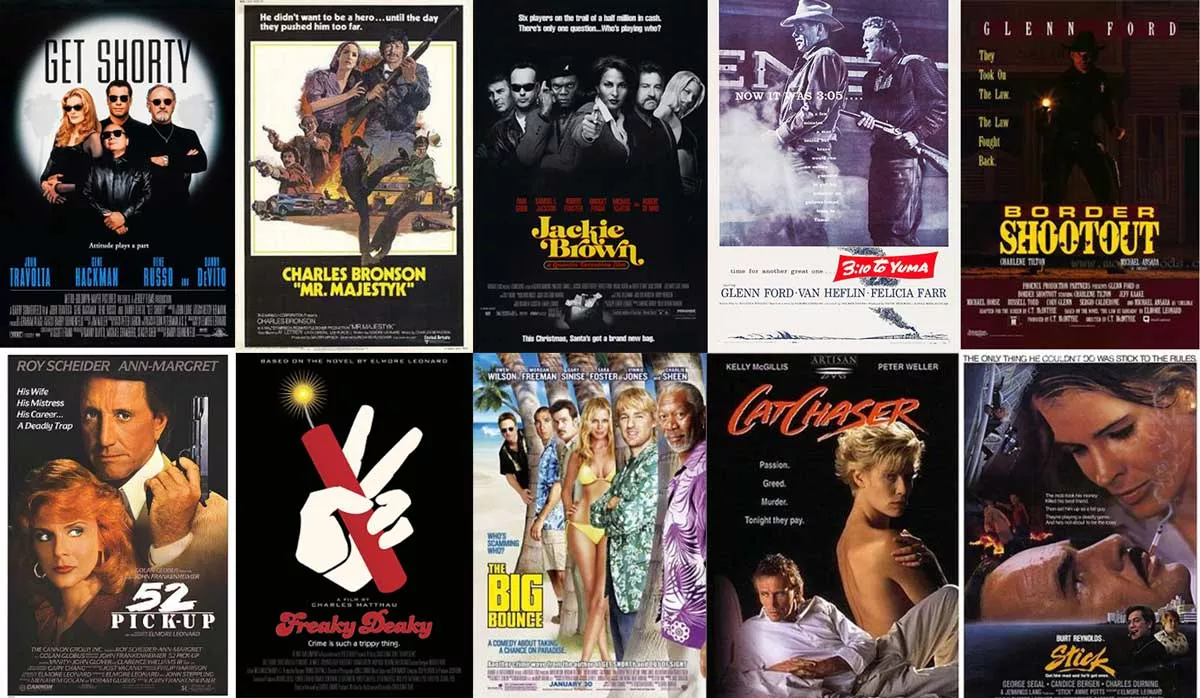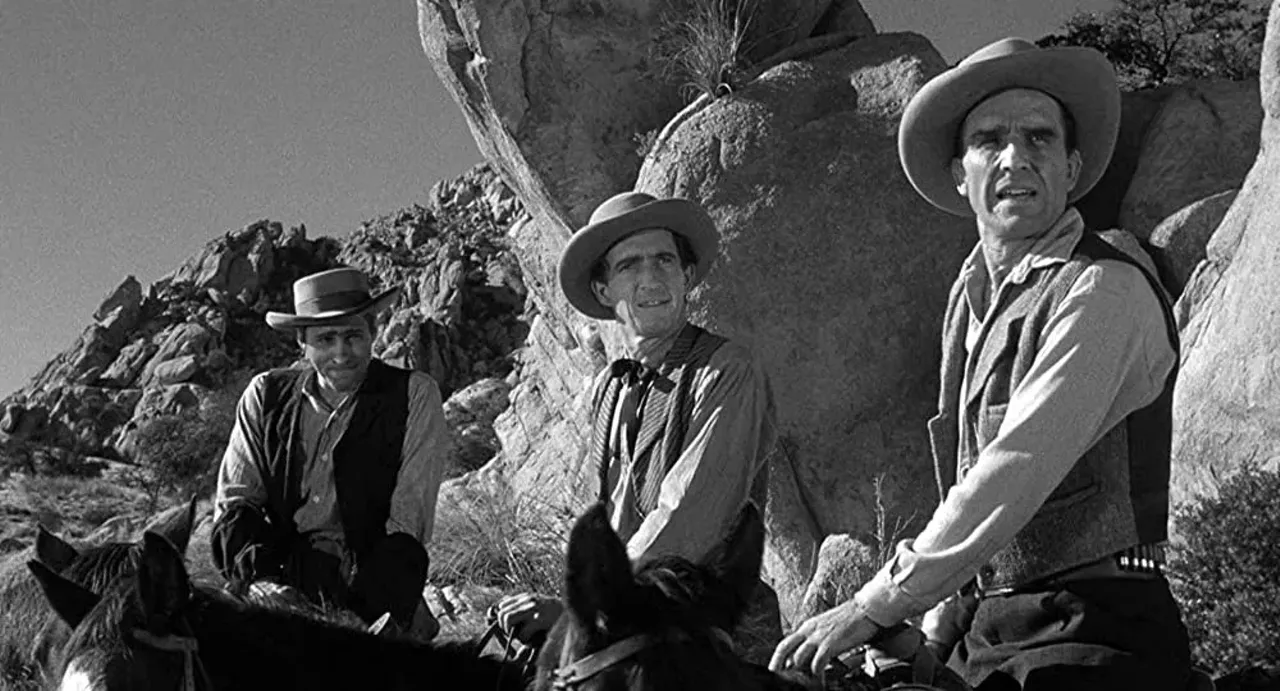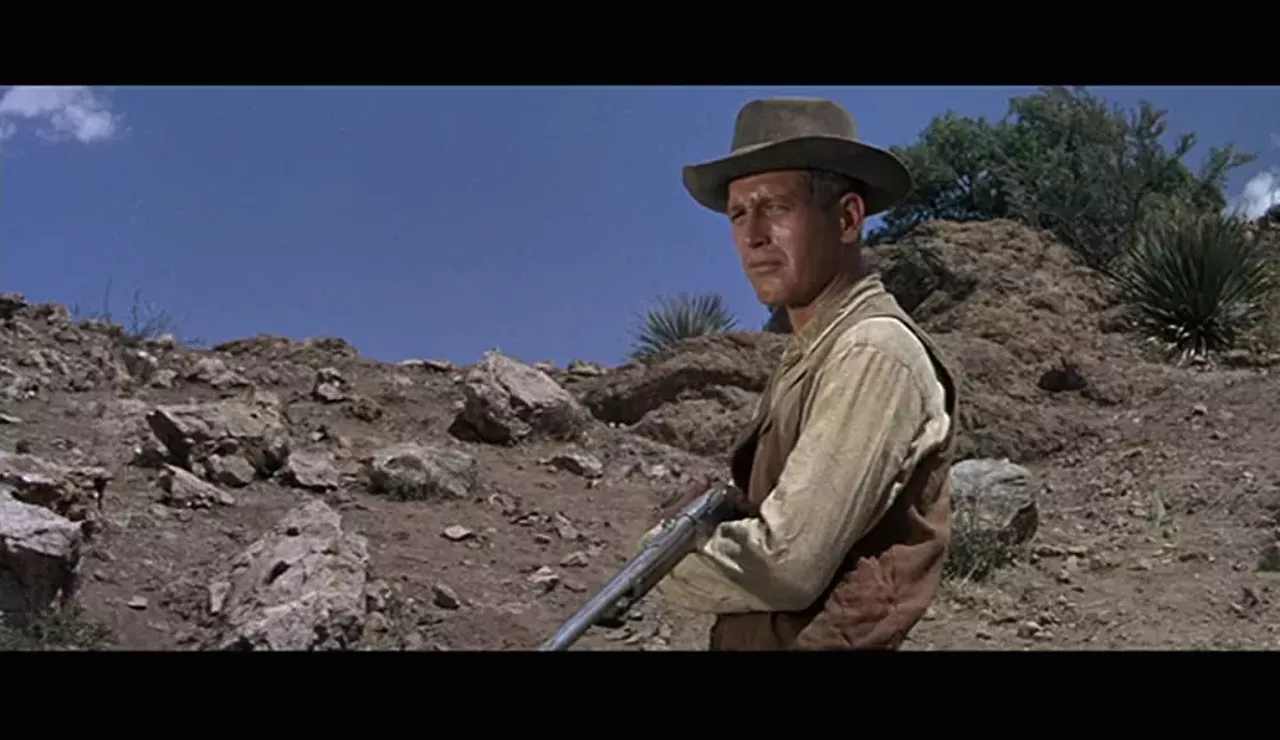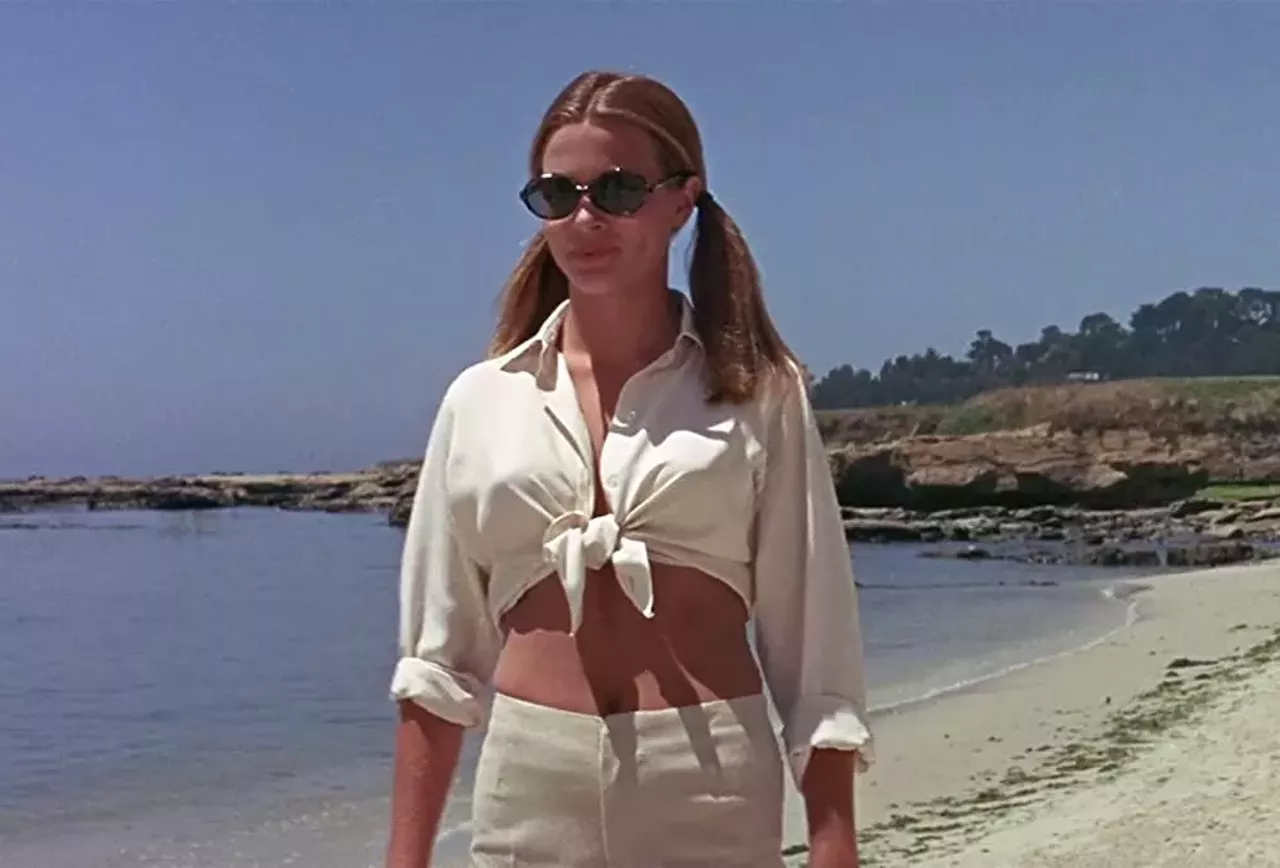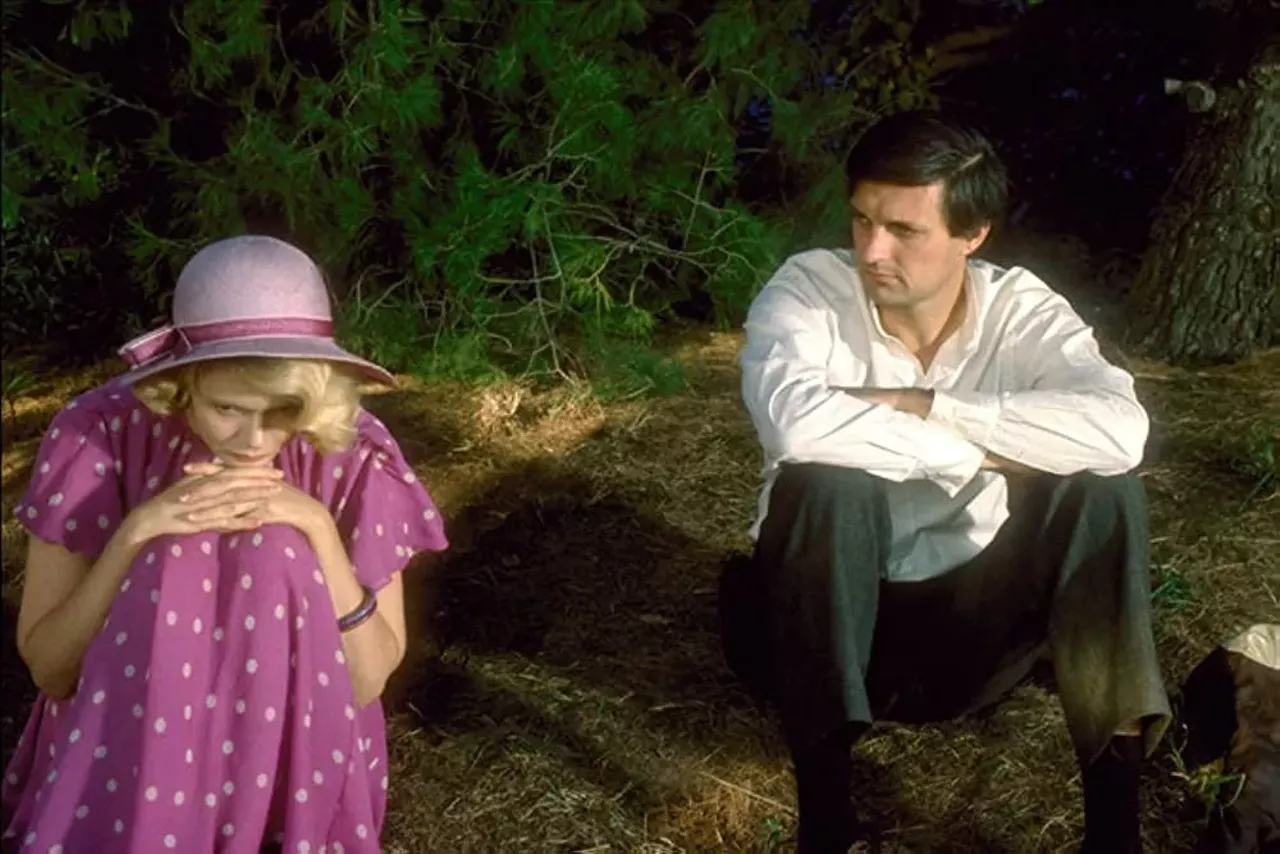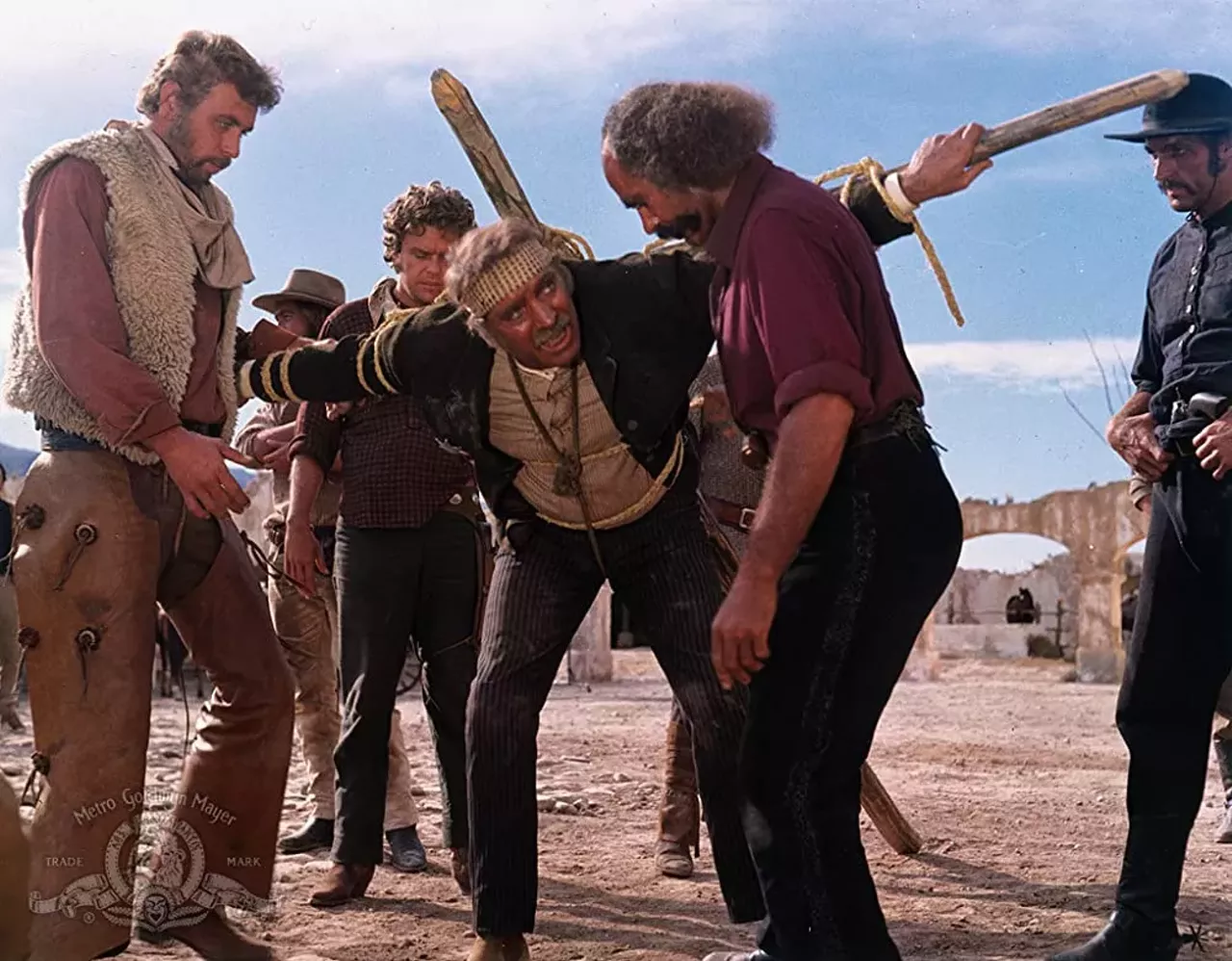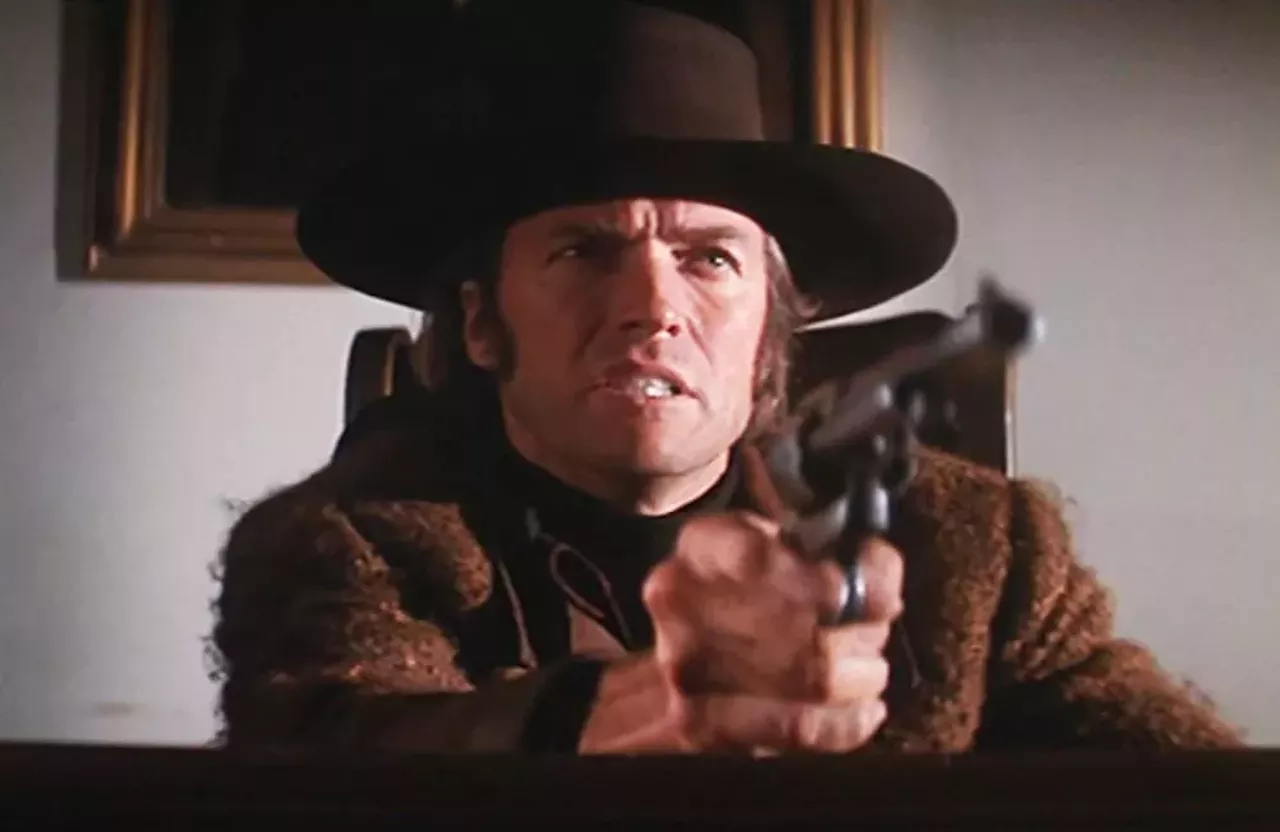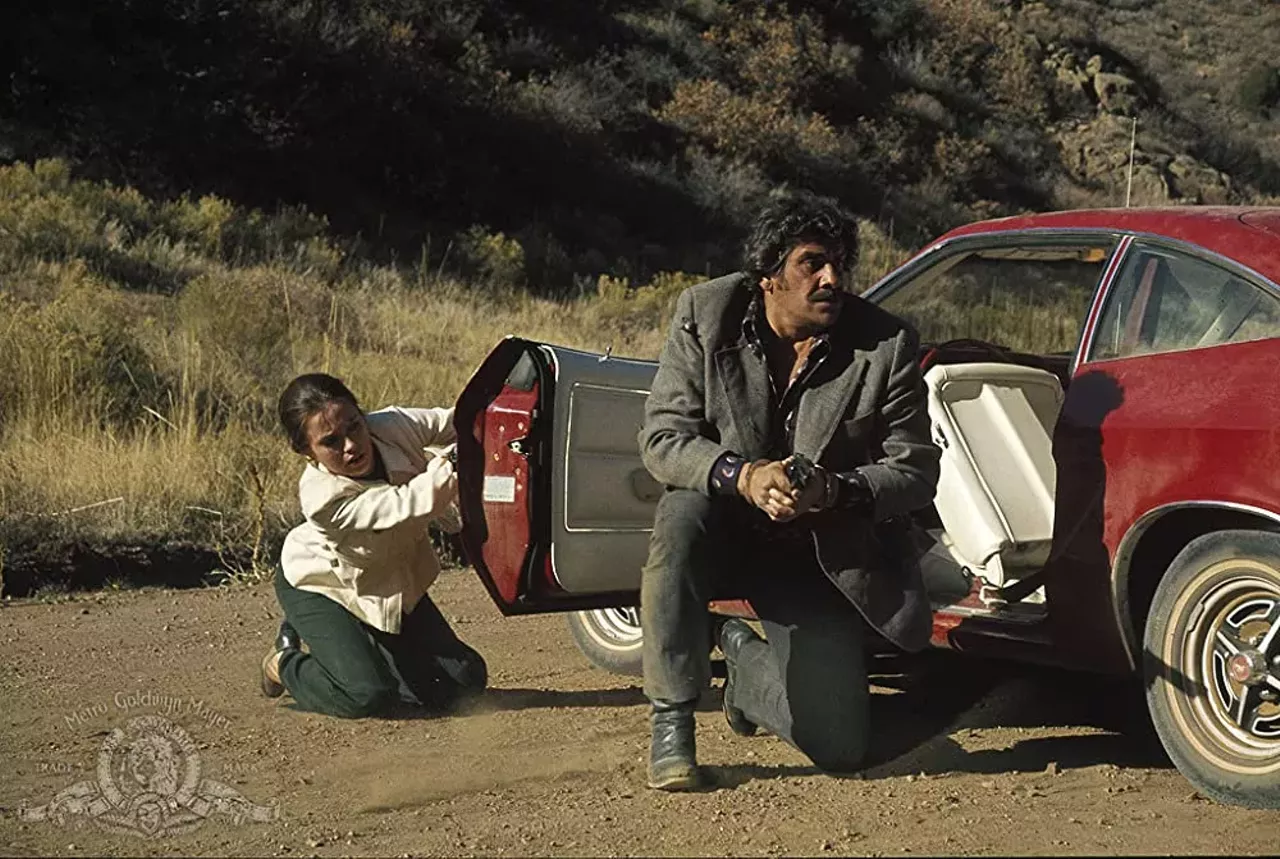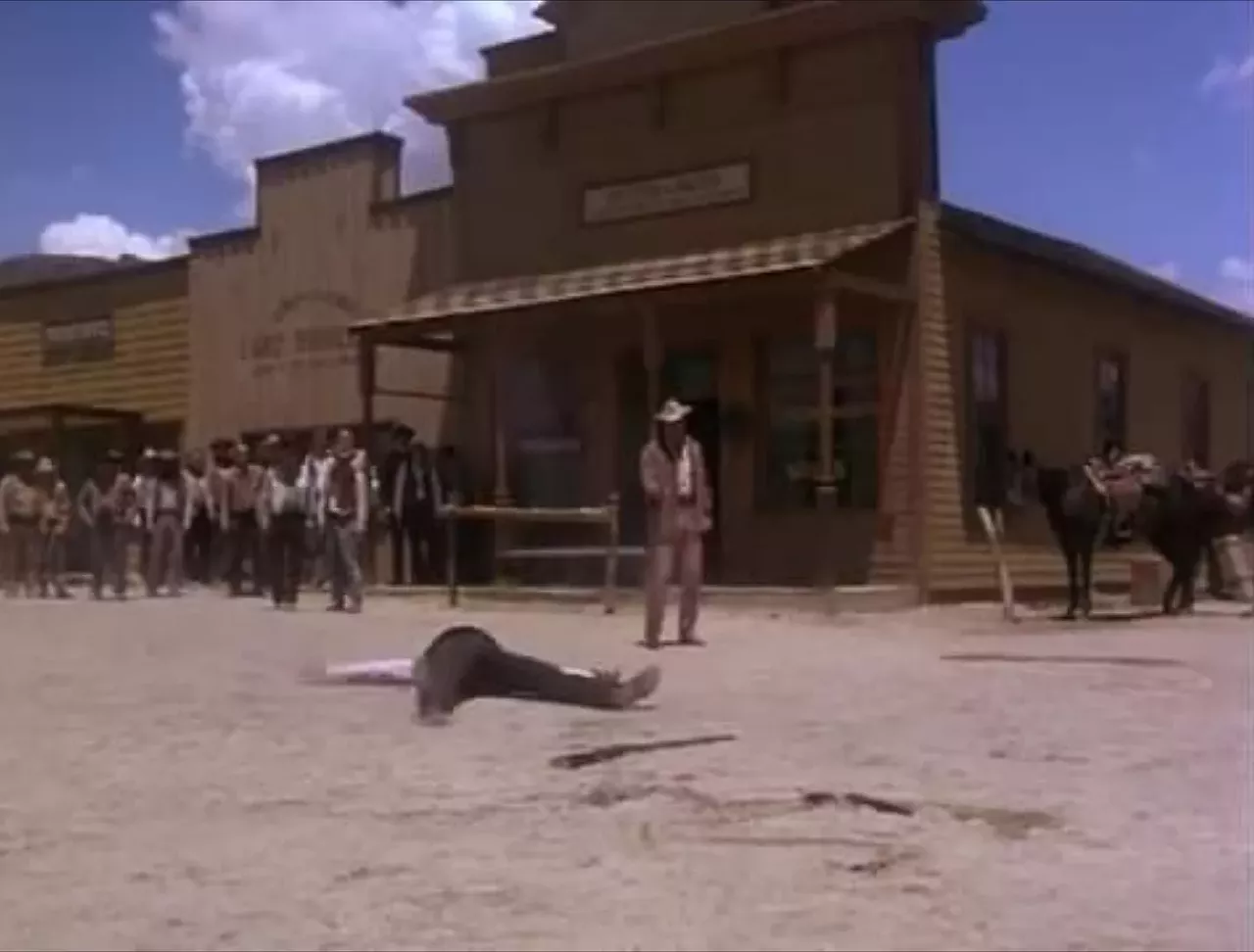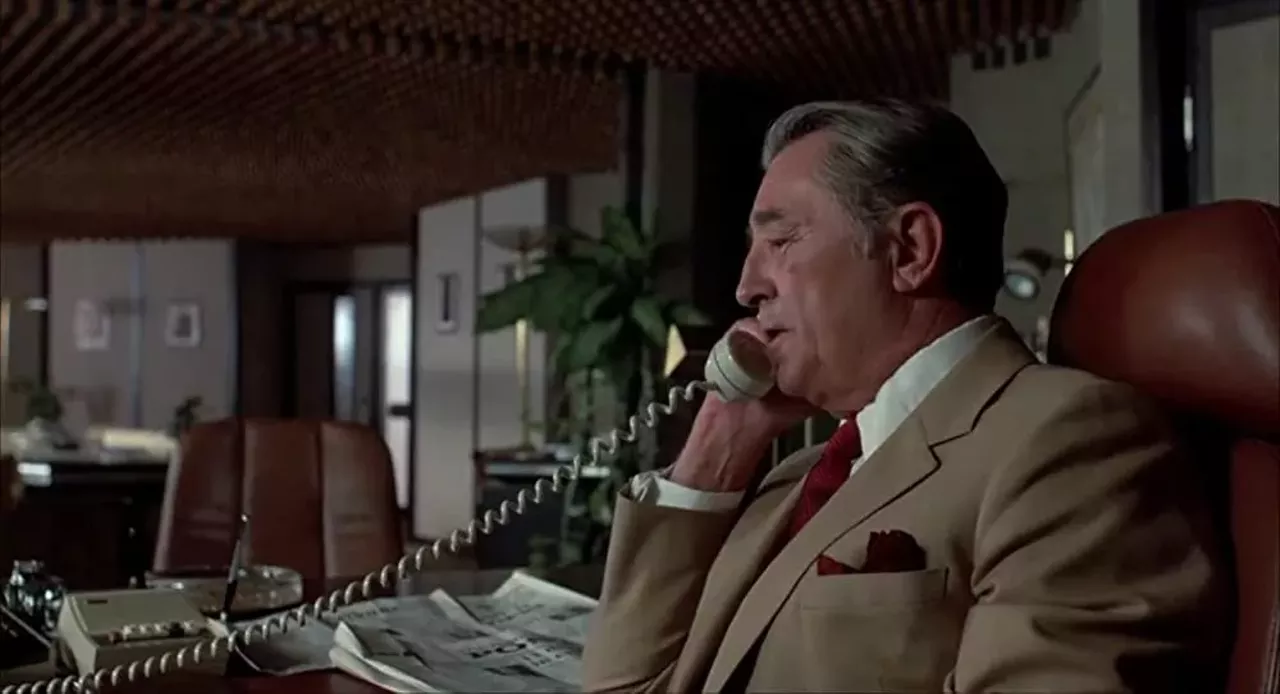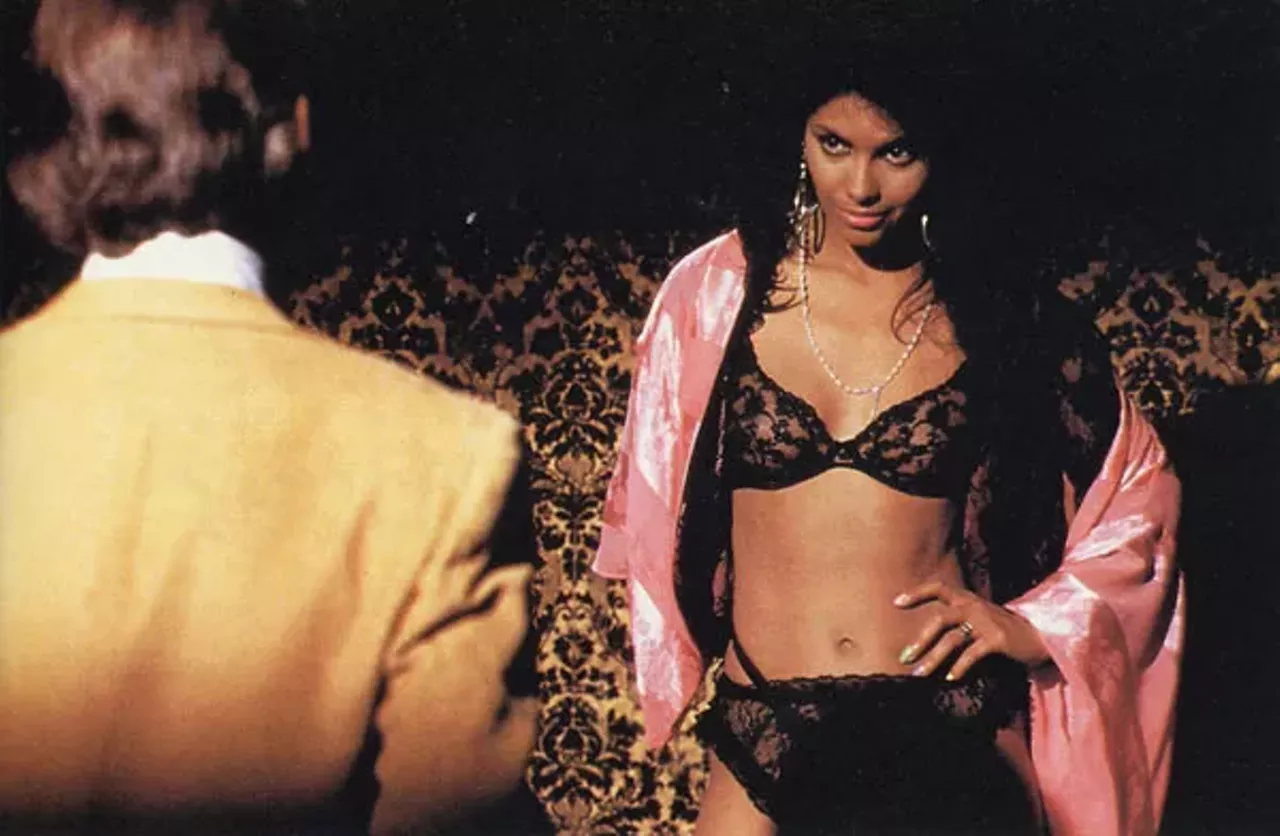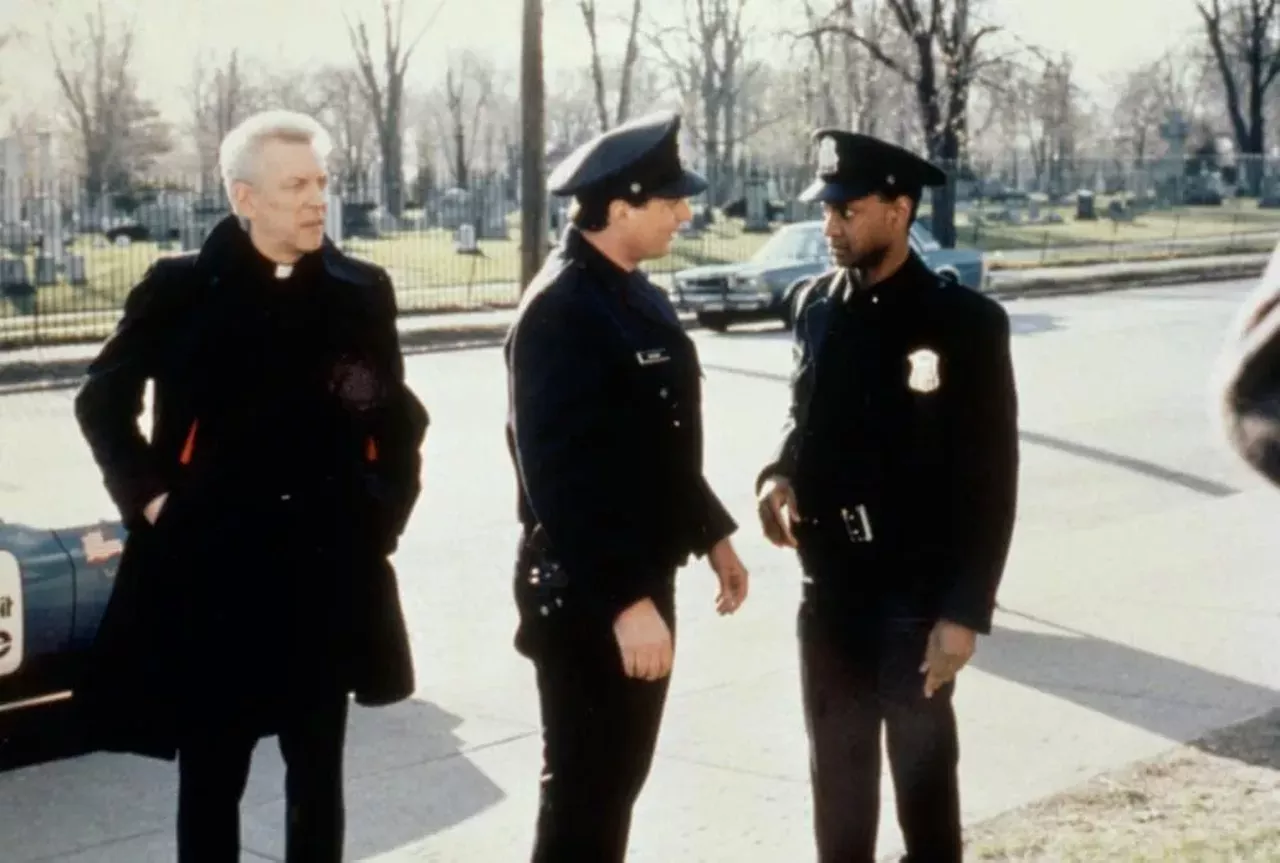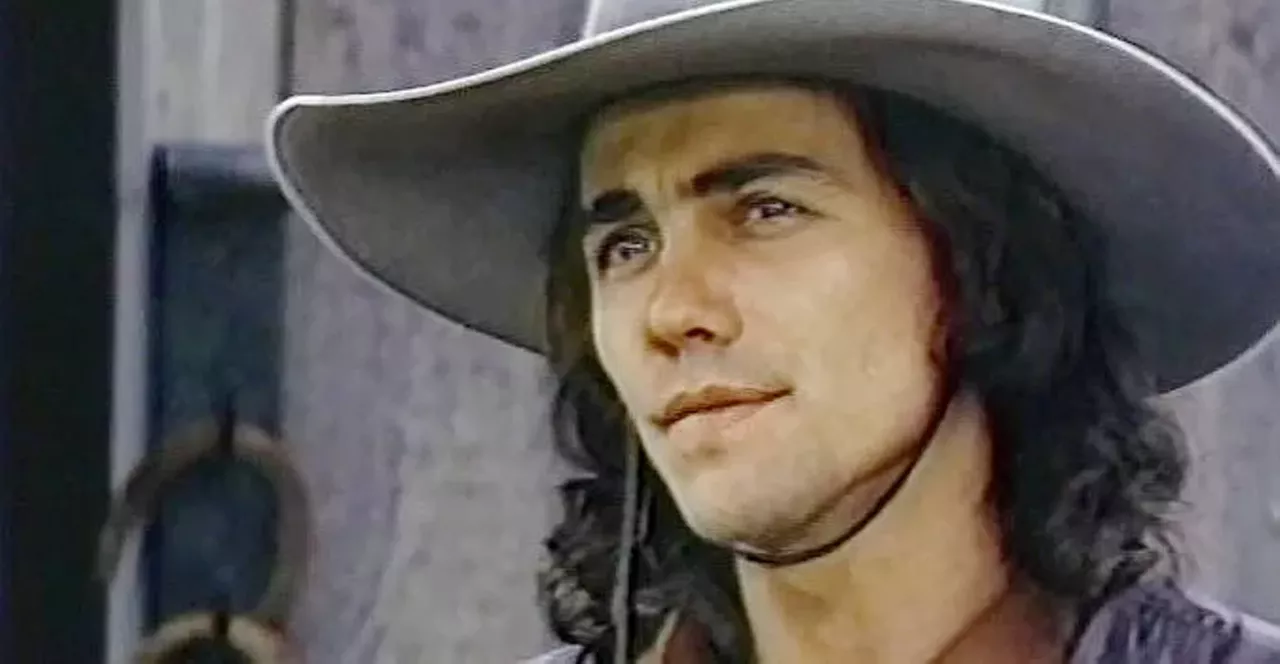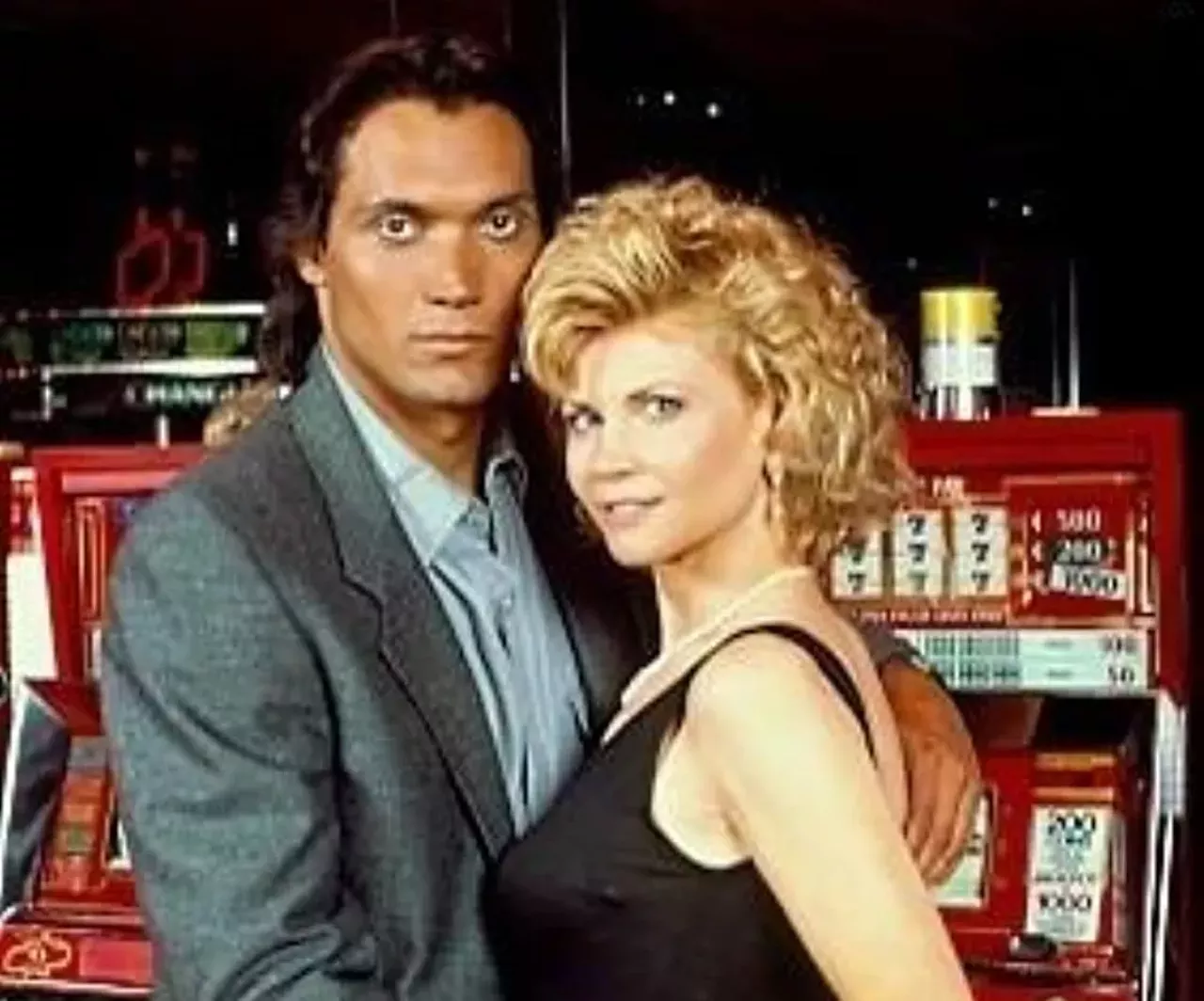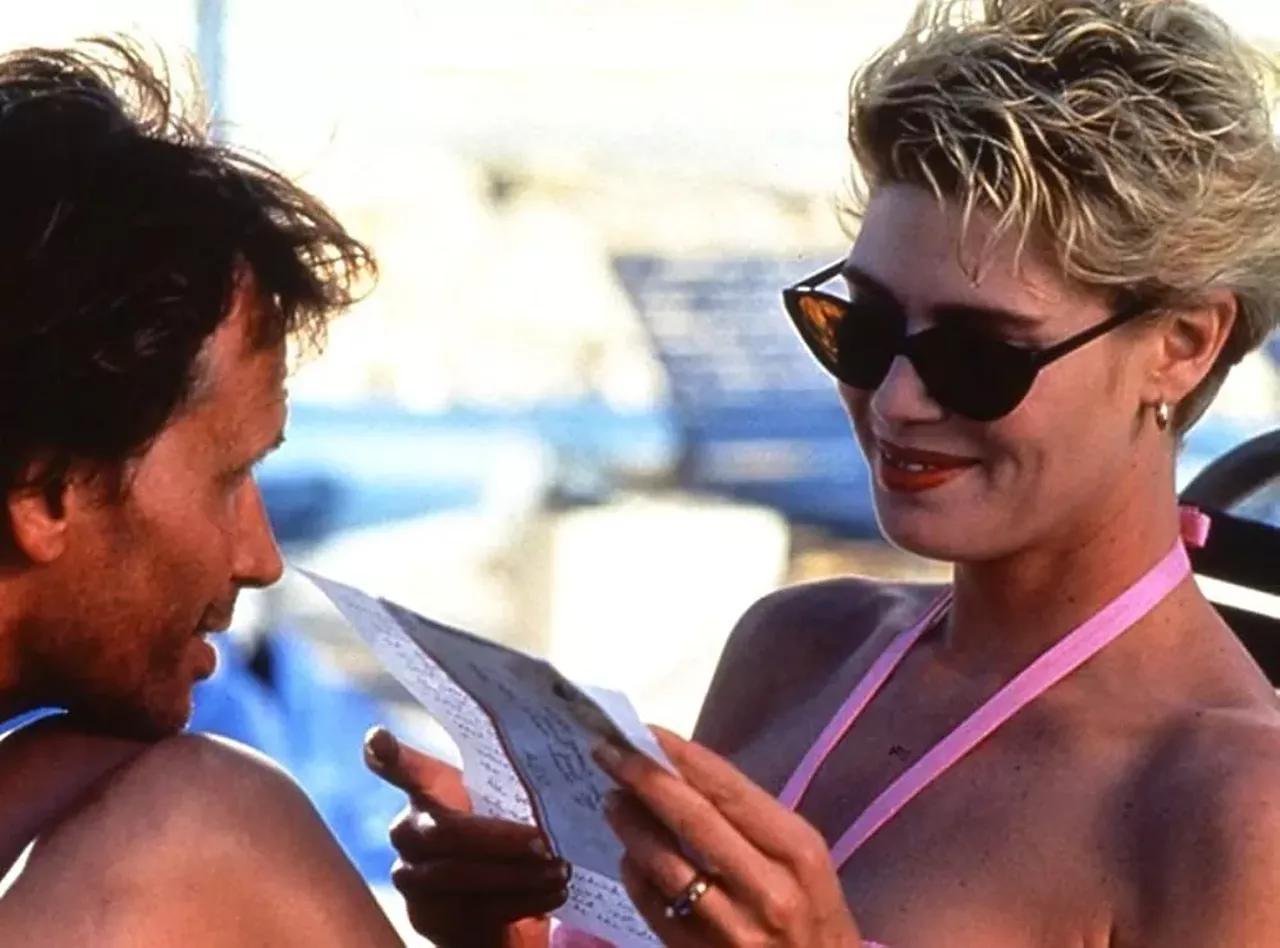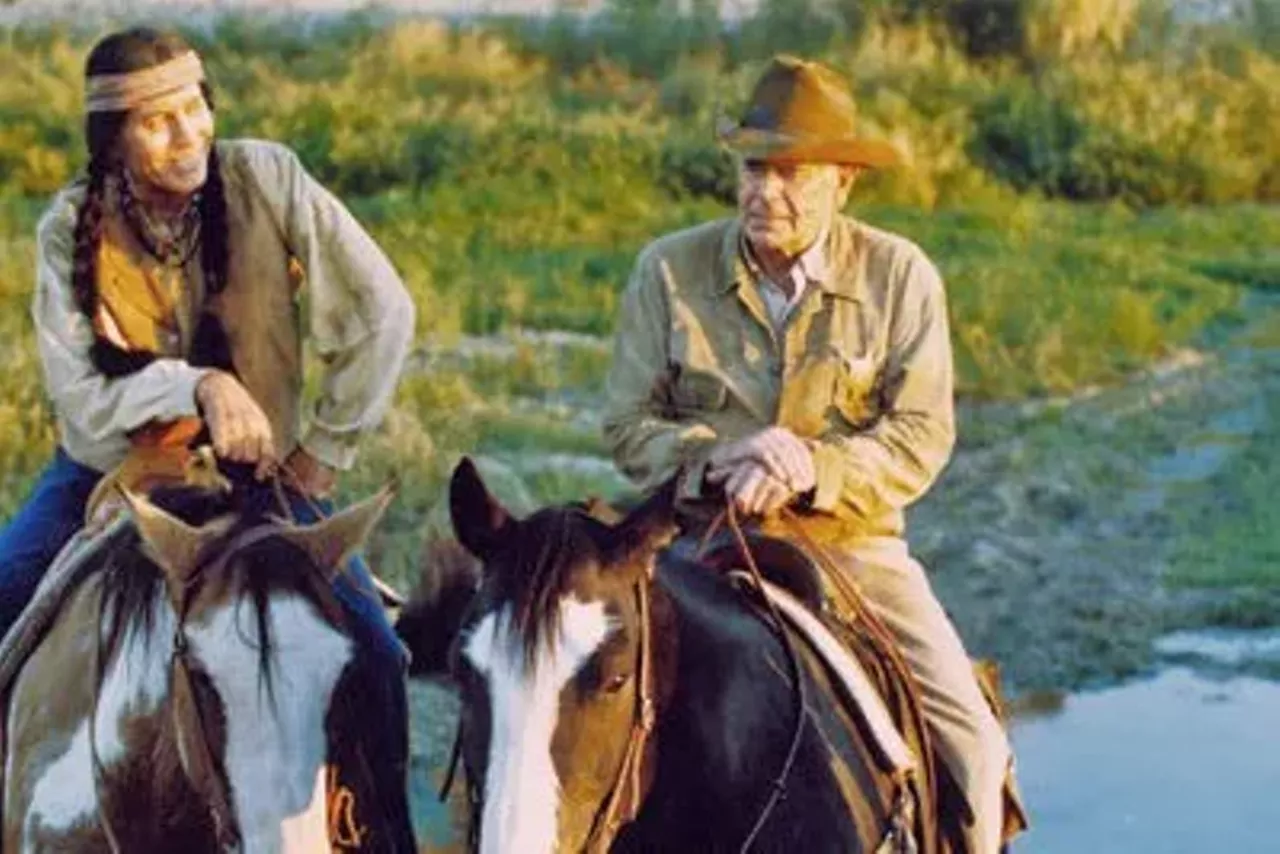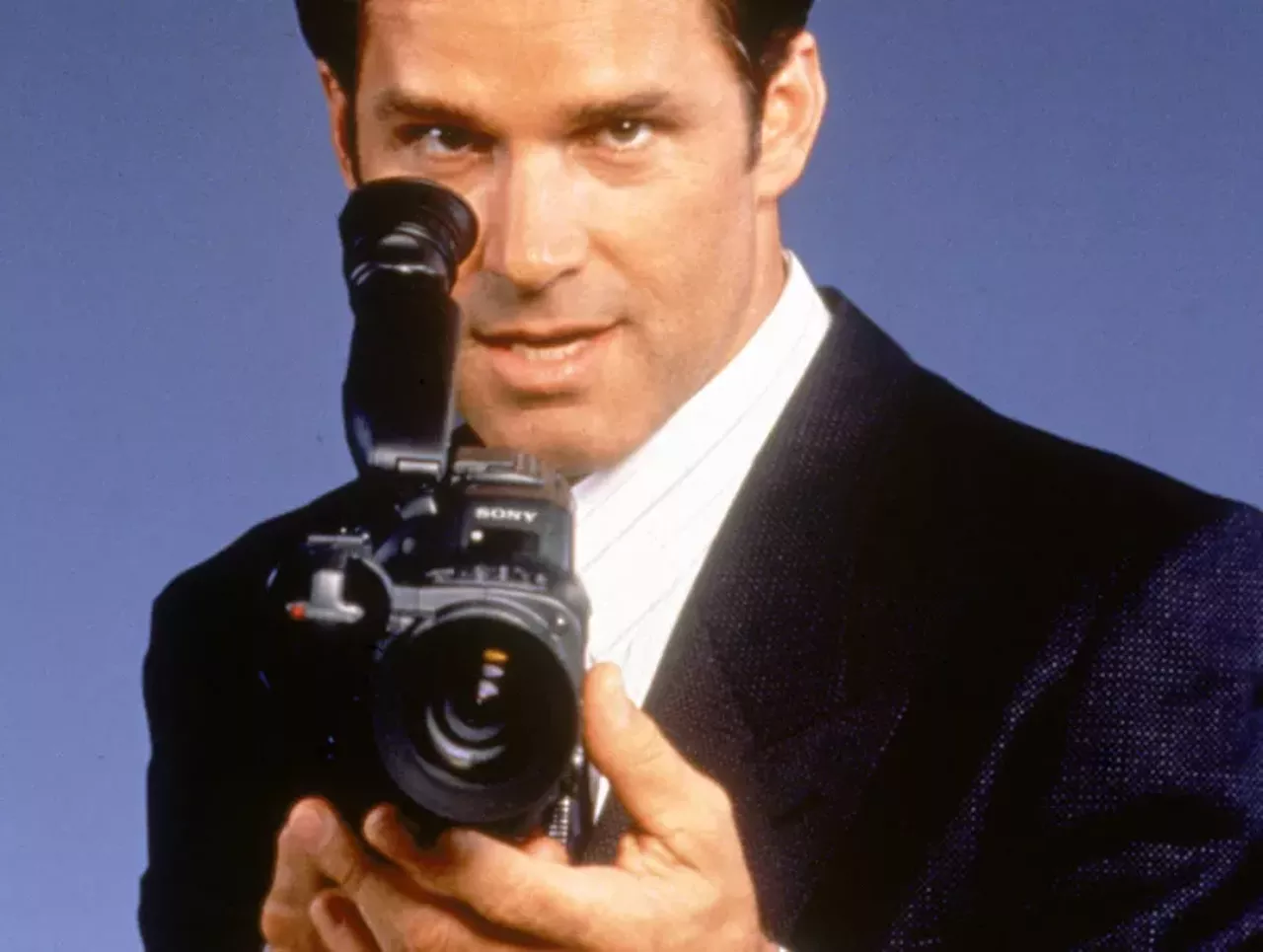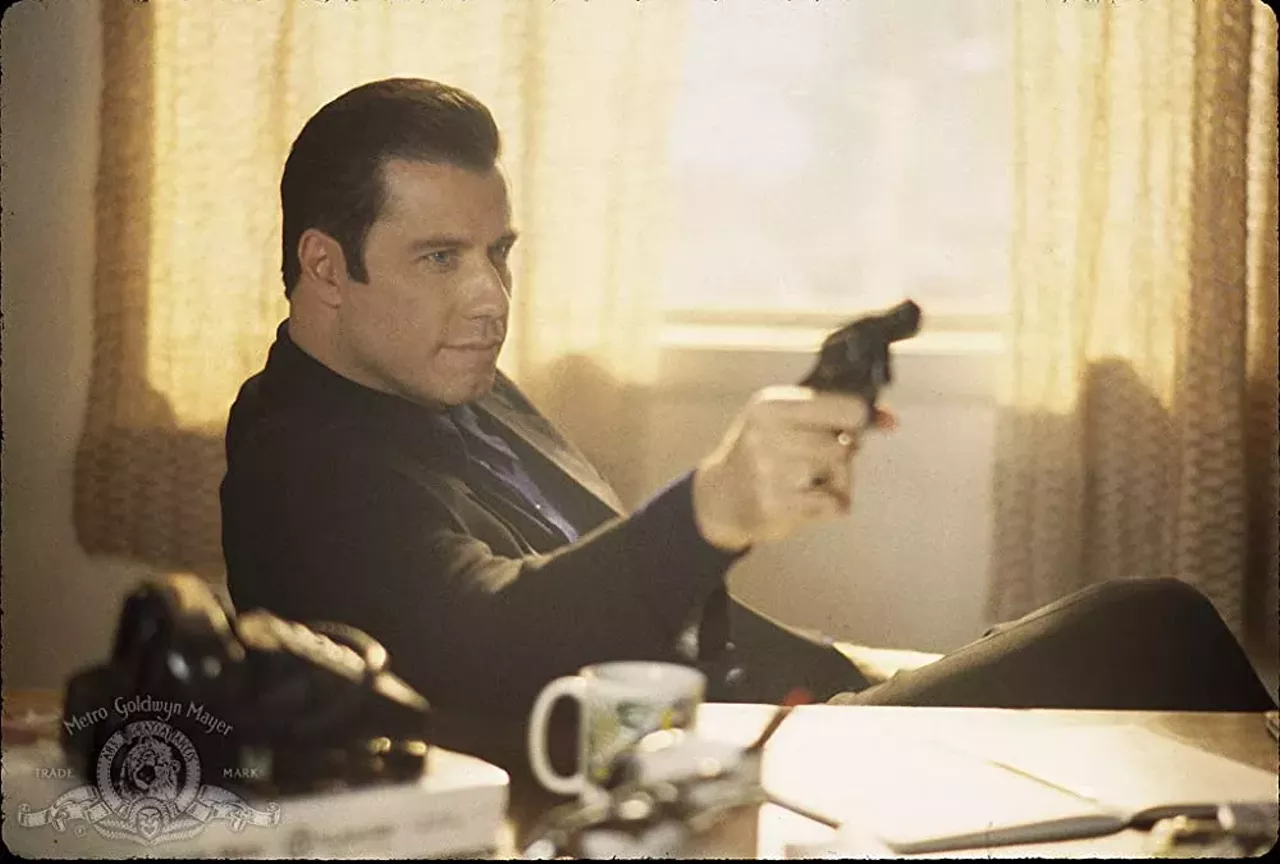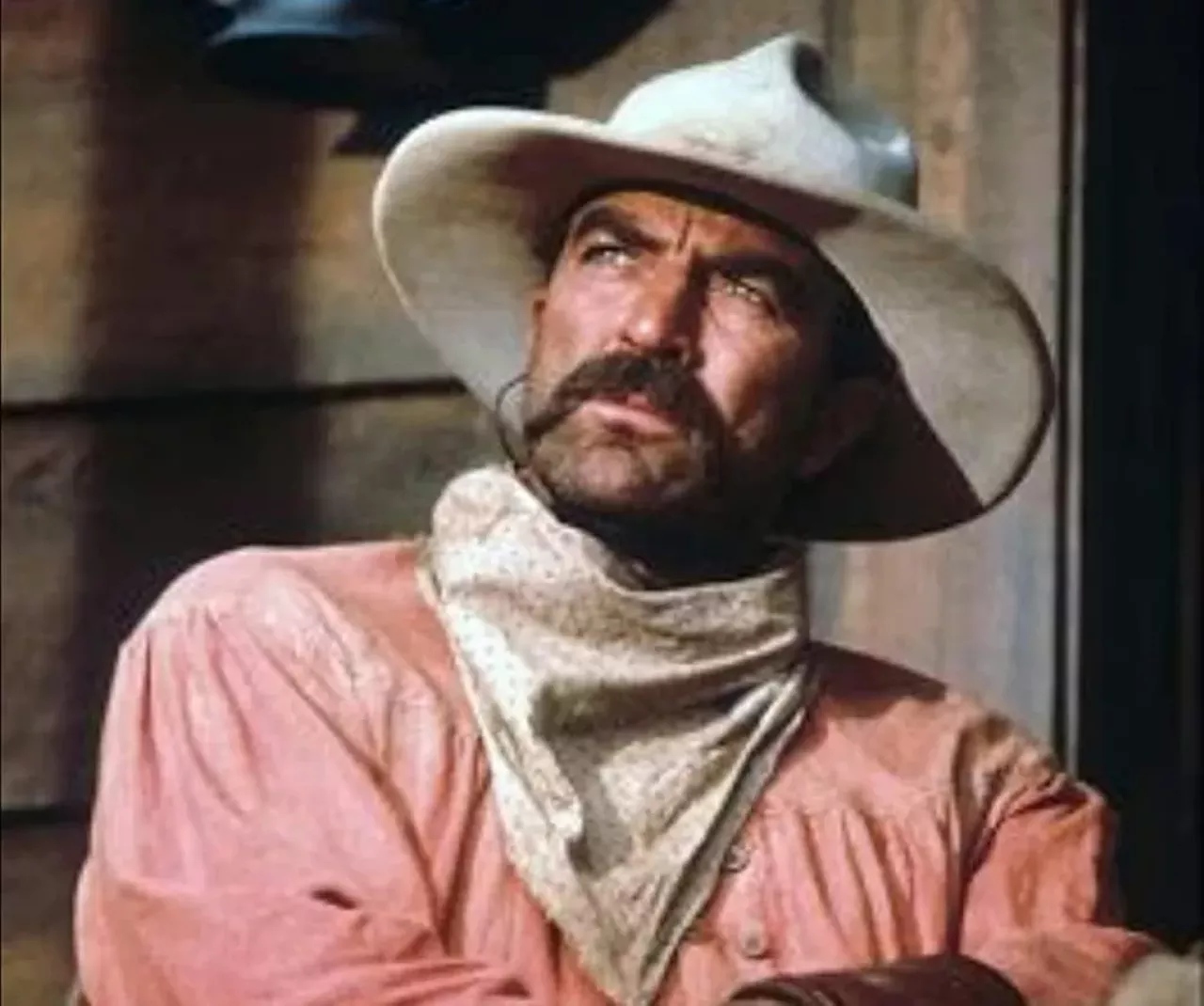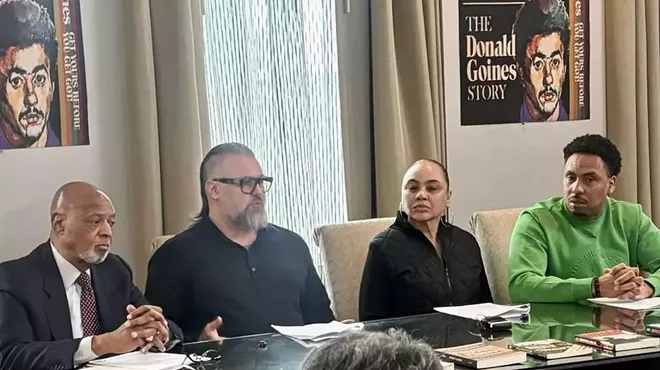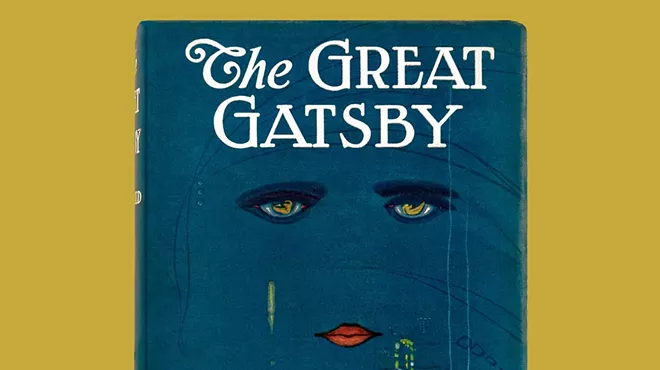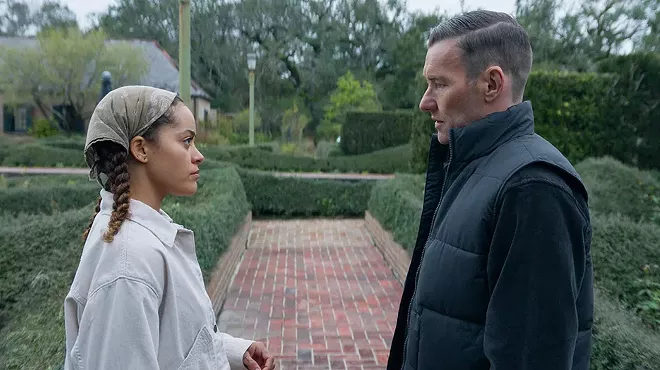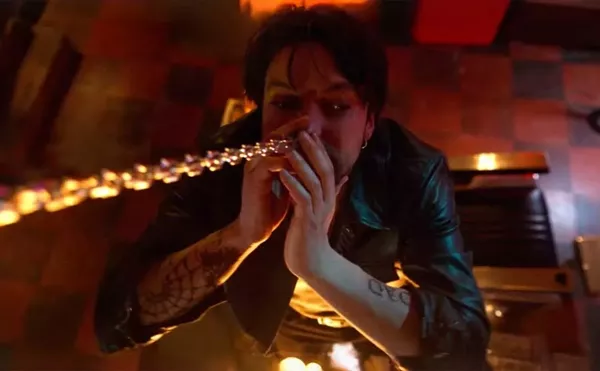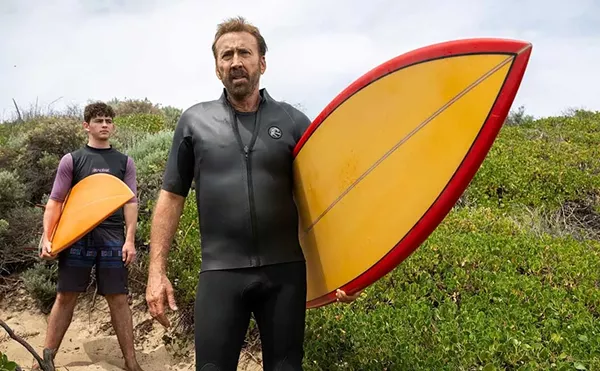Known as “The Dickens of Detroit,” Elmore Leonard, who died 10 years ago at age 87, was a prolific author of short stories and novels. Mostly working in the genres of westerns and crime, more than 30 of his stories were adapted to the screen over the course of a writing career spanning 60 years. You can learn more about them in the 2023 book Paperback Celluloid: Elmore Leonard on Film by Andy Rohmer.
Some were bonafide smash hits, like Quentin Tarantino’s Jackie Brown, the John Travolta-starring Get Shorty, or the Library of Congress-approved 3:10 to Yuma, while others were duds. Rohmer watched them all — though he limited his efforts to film or TV films, excluding TV series.
He says the project started around five years ago. “I’m normally not a big reader of either noir or capers,” he tells Metro Times. “But I bumped into Swag, and I liked it so much that I read everything that was written about it. And I still think it’s his greatest masterpiece. I like it so much because of the way he portrays the second half of the 20th century, which was more or less when I was growing up.”
Rohmer says he embarked on this journey to see if there was a throughline across all of the stories. “I wanted to confirm my suspicion that although they were based on the same author, the films themselves are very, very different, and most of them have very little to do with the original material,” he says, adding, “[but] the real reason was fun.”
It was a challenge to track down every film. While many were easily available on streaming services or DVD, Split Images, from 1992, proved difficult to track down.
“I found a VHS tape on eBay, in Australia,” he recalls. “I had it flown to the U.S. and burned into a DVD, but then you have to pay an extra 50 bucks or so because of potential copyright infringement. I don’t really know how that works. … but I managed to see them all.”
Rohmer arranged his book in chronological order of when the books were written, which he admits can be confusing. But he says he gained an appreciation for Leonard as a writer.
“One thing I did notice is one of Elmore Leonard's fortes is his knack for dialogue,” he says. “You have really great dialogue and one-liners, which makes life easy for screenwriters because they [just] have to copy [and] paste. The dialogue is already there. ... but the thing is, actors, direction, and delivery, like 70-to-80% of the time messes it completely up. On the page, you laugh when they say it. There are exceptions, but one of the biggest flaws is [the films] don’t capture the humor.”
He adds, “Nobody talks the way that Elmore Leonard writes.”
Rohmer says that the nature of filmmaking leaves the directors’ fingerprints all over the adaptations — something that irked Loenard throughout his life.
“Leonard was A, a commercial writer who wanted to sell his books to Hollywood,” he says. “He didn’t fancy himself a highbrow artist or anything like that. And B, he was very miffed whenever the adaptation did not [match] his vision. … So he was almost invariably disappointed with the productions.”
Rohmer adds, “The almost inevitable result if you try to be faithful to the letter or the spirit of somebody which is not you, it’s gonna be a bit flat. It’s hard to make something like that work with authenticity, whatever that means.”
In all, Rohmer surmises that of the film adaptations of Leonard’s books, “There’s like three or four great ones, maybe a dozen good ones, and there’s a couple of them that only if you’re writing about them, you would see them — like really fourth-rate, underproduced, really crappy.”
Rohmer says some of his favorites are the 2004 version of The Big Bounce, “which takes some liberties with the book, unlike the first version, but it’s really unpretentious,” he says. The 1989 adaptation of Cat Chaser “is pretty good as well,” he says.
“The total stinker is The Law at Randado,” a Western adapted as the 1990 movie Border Shootout.
Rohmer says it took him about a year to complete his project — but he might not be done. Hollywood interest in Leonard’s stories continues after his death.
“At the time I finished the book there were like three [to] five films in either pre-production or production, but some have been in production for 15 years,” he says, adding, “I may make a second edition.”
How many of these movies and TV shows based on Leonard’s stories have you seen? Take a look below.

